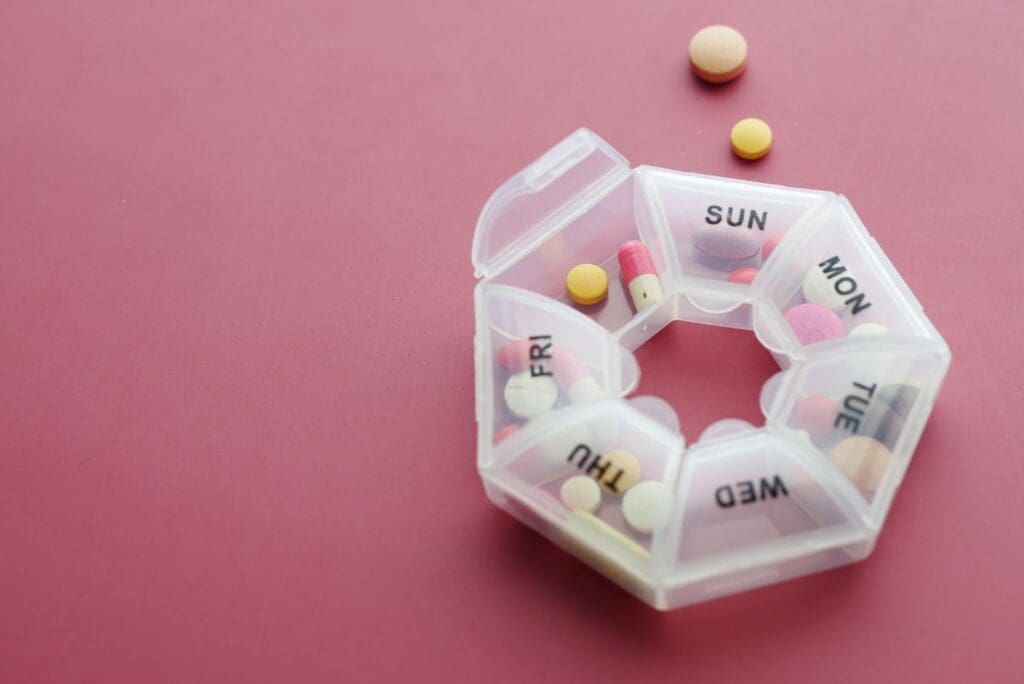
Did you know that so-called ‘recycling codes’ aren't actually recycling codes at all?
Based on the ASTM International standard, those little triangles moulded on your plastic containers are actually resin identification codes (RICs) and serve as a guide to identifying plastics in all sorts of circumstances, not strictly recycling alone.
What do they mean? Read on to learn more.
In much the same way that the UN sets out guidelines for the classification and labelling of chemicals via the GHS, ASTM standards are not enforceable by default. Rather, they are a framework which may be adopted for the ease of national and international consistency. The standards must be ratified in laws or regulations to be meaningfully enforced in a given jurisdiction.

In order for the seamless identification of plastics among global industries, the RIC system has been adopted by the European Commission as well as other regulatory bodies worldwide. While it is not a recycling code system by design, it allows for the quick identification of polymer resins and plastics to aid in waste management, sorting, and recycling processes.
The Resin Identification Code system covers the six most common kinds of plastic found in consumer products. These are coded as follows:
Abbreviated to PET or PETE, this is the most common type of polyester plastic, composed of terephthalic acid and ethylene glycol. It is used to make plastic bottles and containers, as well as polyester fibres for textiles. PET is one of the easier plastics to recycle chemically, due to the ester bond present which can be broken relatively easily via hydrolysis, glycolysis, or enzymes. PET bottles are also the most common product to be mechanically recycled and significant infrastructure exists to facilitate this, particularly in Europe.
Made from repeating chains of the ethylene monomer, HDPE is often used to make plastic pipes, opaque bottles, and containers, as well as hard plastic furniture and children’s play equipment. It is very durable due to the linear structure of the ethylene chains, differentiating it from low density polyethylene which has highly branched polymer chains. Like PET, it is relatively easy to recycle and can often be placed in household recycling waste bins.
This material has two different forms: the rigid form is made from repeating units of a vinyl chloride monomer, as well as other additives for heat and UV stability, among other functions. This form is very commonly used for household and sewerage piping and other building materials. Flexible PVC has plasticisers added to increase the malleability of the material, to the extent of being useful as clothing, sheets, and medical tubing. PVC recycling infrastructure has been less widespread due to the longevity of the material, and due to the number of additives which make identifying the exact composition difficult, but research is underway to address this issue.
LDPE is a very soft and flexible material, owing to the high level of branching of the ethylene polymer in this form. Its most widespread use is in plastic bags, but can also include containers and lids, flexible piping, and some forms of plastic wrap. These are more difficult to recycle because LDPE is soft enough to easily incorporate impurities. Soft plastics like LDPE often need to be sorted separately to hard plastics such as PET and HDPE.
The majority of commercial polypropylene is fairly similar to HDPE, with the propylene monomer arranged in very linear polymer chains (though there are three possible arrangements of the monomer). PP is very strong, with a high level of chemical and heat resistance. It is often used for medical and laboratory equipment, textiles, and ropes, and for items where living plastic hinges are required.

This material is made up of repeating styrene units which may be moulded into hard sheets or expanded into polystyrene foam. Moulded products include single-use cutlery and tableware, disposable razors, and CD cases. Expanded polystyrene is very commonly used as a packing material to protect more fragile items. This plastic is very difficult to recycle, particularly as a foam. Many jurisdictions have begun to ban polystyrene in consumer goods due to the potential for environmental harm once it goes to landfill.
Anything not applicable to these categories, or which contains a mix of plastic types, is designated the number 7 code, for “other”. These include acrylic, nylon, or combined plastic materials, as well as bioplastics such as polylactic acid.
Along with regulatory bodies in other jurisdictions, the European Commission has created waste identification codes for other materials as well. This serves to keep substances separate and make waste management easier on people and infrastructure, as well to minimise environmental impact. Depending on the region, these may include systems for categorising batteries (differentiating those for cars, phones, or household devices), paper and cardboard, metals, glass, and organic materials/biomass.
The European Waste Electrical and Electronic Equipment Directive (WEEE) is an additional regulation which directs the appropriate disposal of electrical goods, to aid recycling efforts and to prevent hazardous materials from being left for landfill.
If you have any questions about chemical regulation, SDS authoring, chemical risk assessment, or inventory management, talk to the Chemwatch team today! We’re informed by over 30 years of chemical expertise and well equipped to help you with hazard identification, risk control, asset management, and more! Contact us today.
Sources: